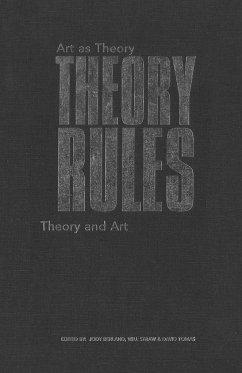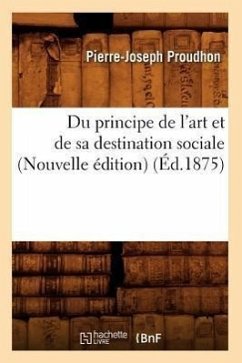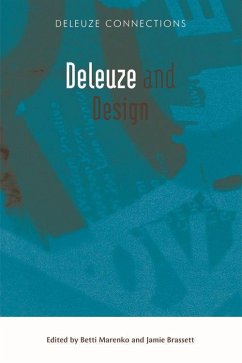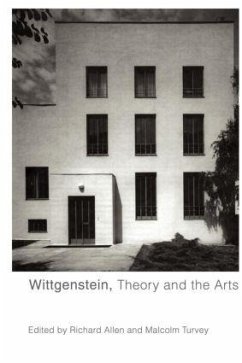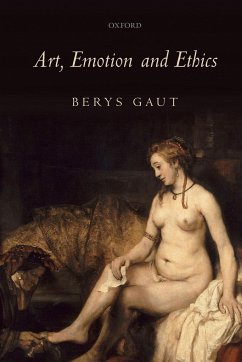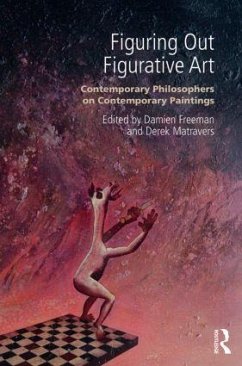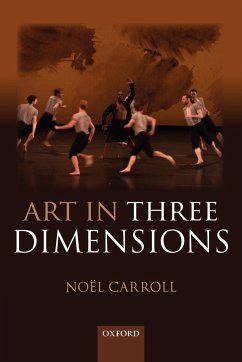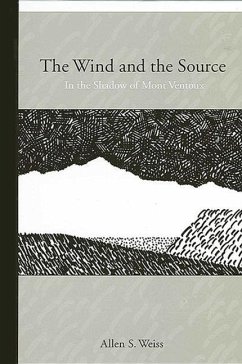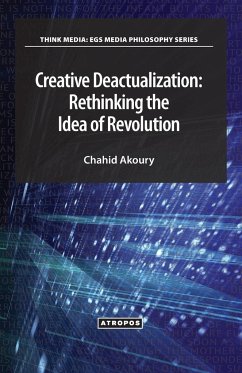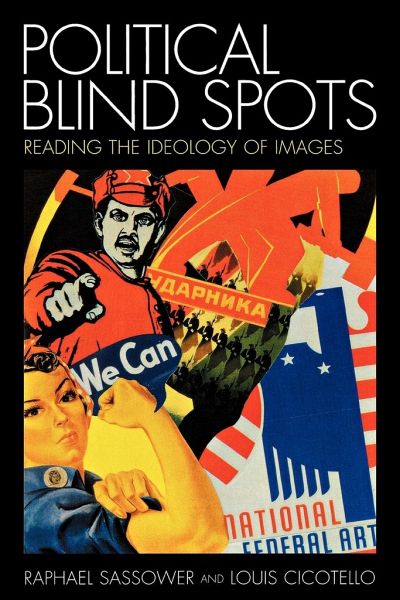
Political Blind Spots
Reading the Ideology of Images
Versandkostenfrei!
Versandfertig in 1-2 Wochen
48,99 €
inkl. MwSt.
Weitere Ausgaben:

PAYBACK Punkte
24 °P sammeln!
In order to better understand the conditions of the twenty-first century Raphael Sassower and Louis Cicotello revisit the twentieth century in Political Blind Spots: Reading the Ideology of Images. Sassower and Cicotello revisit some of the most significant periods in art and politics in the twentieth century paying close attention to the relationship between aesthetics and politics.





